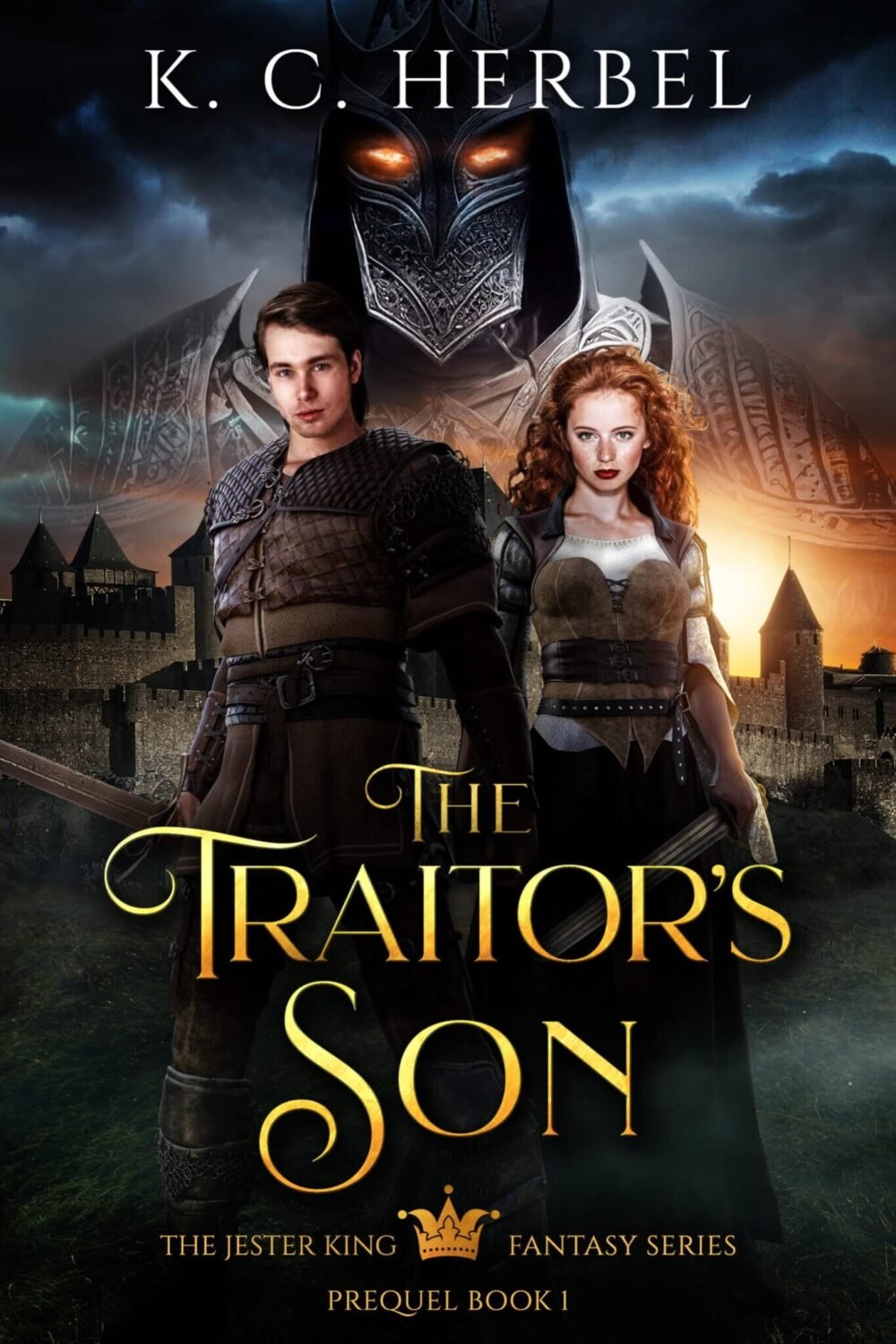
The Traitor's Son
The Jester King Fantasy Series: Prequel Book One
100% Privacy Guaranteed! Unsubscribe at any time.

The Jester King Fantasy Series: Prequel Book One
100% Privacy Guaranteed! Unsubscribe at any time.

Charlie Chaplin – The Great Dictator
Readers get to know literary characters through the descriptions of their appearance and actions, their speech patterns in dialog with other characters and themselves, observations/statements by other characters (or the narrator), and sometimes directly from the character’s thoughts and emotions. The art behind this information-download process is known as characterization.
There are two methods to convey characterization information to the reader.
Direct Characterization. In this method (also known as explicit characterization), the reader learns directly from the narrator/author all about the character’s personality and traits. This is not always a bad thing, as a first person POV narrator might relay his own observations and conclusions about the character. In this way, we not only learn about the character being described, but something about the narrator himself. In telling his audience directly about another character, the narrator may reveal their own biases and attitudes. Of course, if the narrator is unreliable, then the reader should be cautious in accepting their conclusions.
Indirect Characterization. In this method (a.k.a. implicit characterization), the reader must come to their own conclusions about the character, based upon observation of his or her actions, speech, and sometimes thoughts. This is at the heart of the “show, don’t tell” writing maxim. Again, the reader might be wrong in their interpretation of the events offered by the narrator, or even purposely misled into assuming something erroneous about the character in order to make a point or further a mystery, but ultimately it is the author’s job to provide all the necessary information to make a clearly defined character, complete with well motivated actions and words.
Where’s the goal line?
The goal of good characterization is for the reader to empathize with the characters so much that they feel and desire the same things as the characters (especially the protagonist) and that they seem entirely realistic. This is achieved by creating complex characters and steering clear of flat, stereotyped characters. This may be accomplished through the way they look and dress (don’t forget attitude can show), or the way they talk (word choice, accent, and syntax patterns). Generally speech is a dead giveaway to personality and history. It relays the character’s attitudes, emotions, education, and origins. Their thought patterns should likewise be well anchored in personality.
What works?
The interesting character will say and do unpredictable things that still originate in their fully-realized personality, which has been shaped by past experiences. One method for staying away from stereotypes is to take the stereotype and stand it on its head (do something surprising, counter-intuitive and unique). The unexpected is more interesting and makes the reader want to read more, especially when it comes to characters, but remember the unexpected must always be explainable and eventually explained. The manner in which a character responds to a special circumstance or incident will tell us quite a lot about a character. When confronted with a terrifying or horrific incident, do they run towards or away from danger? Why? The answer is likely at the very core of the character and will reveal their true nature.
Remember.
Villains are characters too and require strong complex and exciting personalities. The more developed they are, the more compelling the conflict between them and your hero will be. Secondary characters also require some development in order to avoid boring your audience and not break the reality of the story.
One last thing to help your characters stand out is choosing for them an appropriate name – one that fits their personality, is easily pronounced and hard to forget (perhaps something ironic, funny or dramatic). This goes for all characters: big or small, good or evil. A character’s name may proceed them like a reputation and linger after they’ve left the stage, even haunt your readers long after they’ve put down your story.
Please make a comment below about characterization…I dare you! 🙂